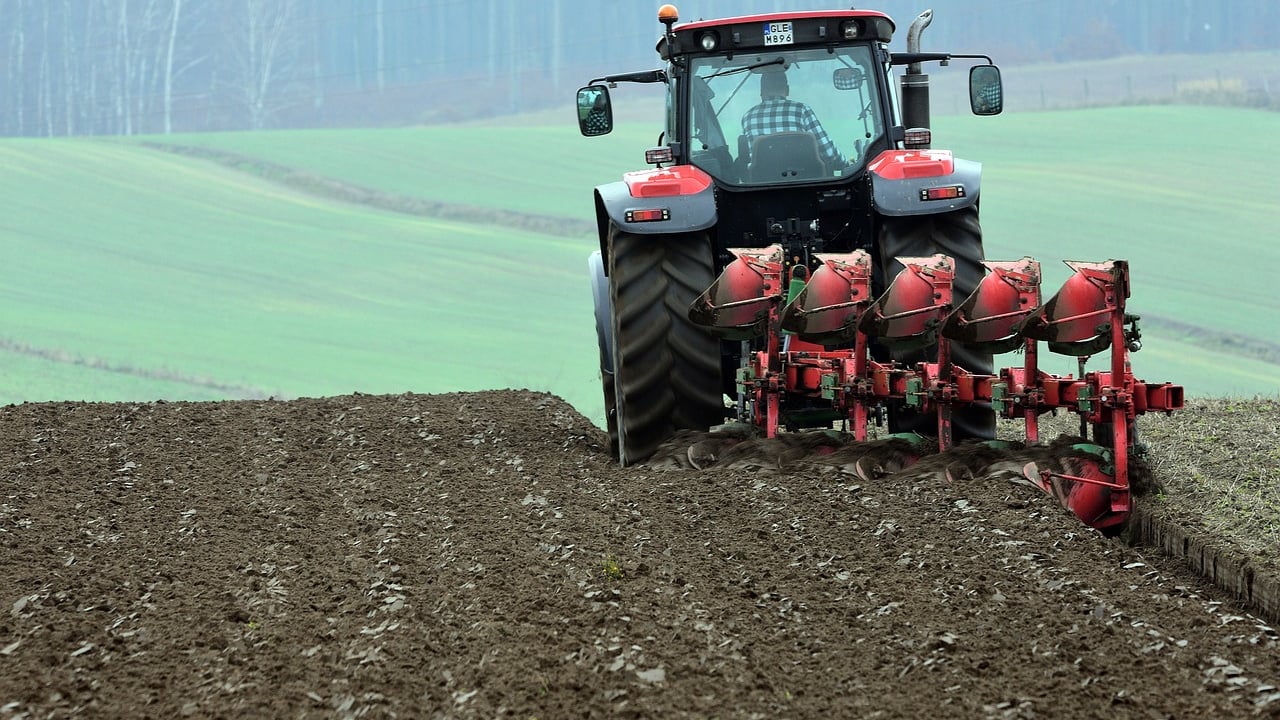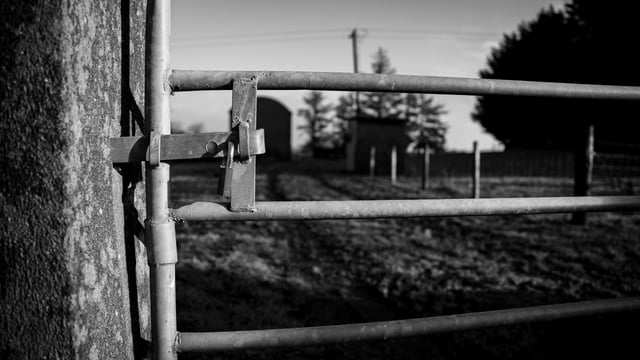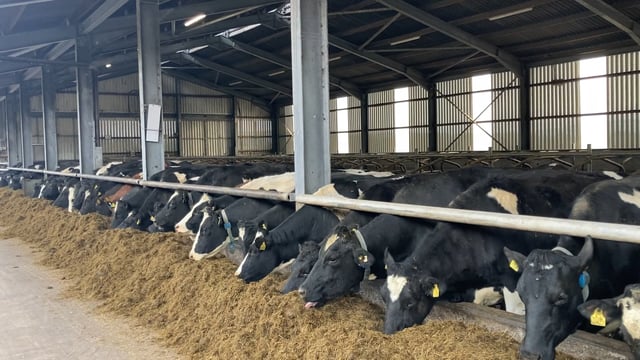Opinion: Ploughing will remain valuable tool for tillage farmers
A conversation had with an agronomist earlier this week reminded me of the pivotal role that ploughing plays within Irish tillage.
With the number of agrochemicals available to arable farming fast-reducing, it’s obvious that integrated pest management (IPM) systems will come to the fore when it comes to growing high quality crops.
And it is in this context, that ploughing will have a vital role to play.
But, there is a lot more to ‘turning the sod’ than its role as a weed control option will deliver. E.g., recent research has confirmed that ploughing is not the ‘arch enemy’ when it comes to reducing greenhouse gas (GHG) emissions within the tillage sector.
The reality is that chemical nitrogen (N) fertilisers are the bad boys in this context.
If one works on the basis that ploughing is, pretty much, a carbon neutral activity then one can quickly make a case for its continued use at the very heart of our crops sector.
Future for ploughing
As that industry looks to the future, one within which the use of herbicides will be strictly limited, it is obvious to me that ploughing will – once more – become centre stage from a soil cultivation perspective.
Consider the facts - herbicide-resistant weeds are gaining a foothold in all our crops. And given current trends, their numbers look set to increase exponentially.
I walked crops of wheat, barley and oats in the east of England a few short weeks ago, all of which were heavily infested with blackgrass.
Up to this point, I was very aware of the challenge posed by the weed to English growers but had never had an opportunity to see it up close and personal.
Over the years, blackgrass has developed an almost total resistance to selective herbicides. Some of the crops I walked last week contained up to 400 blackgrass plants per square metre.
Infestations of this magnitude can reduce final cereal yields by up to 3t/ha.
The only way to minimise the impact of the weed on infected farms is through a combination of cultivation techniques and rotational crop changes.
From a cultivation point of view, the use of min-till or zero-till systems does nothing at all to help the situation. In fact, they probably facilitate the further growth in blackgrass numbers.
Ploughing, on the other hand, acts like a reset button. By burying blackgrass seeds to depths below which they cannot germinate, genuine control of the weed is achieved.
Weed control in Ireland
Meanwhile, on this side of the Irish Sea, herbicide-resistant blackgrass populations are fast becoming a challenge for tillage farmers.
And other resistant weeds are also making their presence felt on local farms; Italian ryegrass, bromes and canary grass among them.
Many people are happy to decry the plough. They point to the costs involved and the perceived damage to the soil biome caused by ploughing.
Neither of these arguments hold up in my opinion. The reality is that ploughing will consistently add to the yields achieved from all cereal crops. In other words, it will always pay for itself.
Moreover, the most recent research indicates that a soil’s biome and physical structure will be reconstituted six months after ploughing has taken place.
In my opinion, taking the plough out of Irish agriculture is a bit like throwing the baby out with the bath water.





